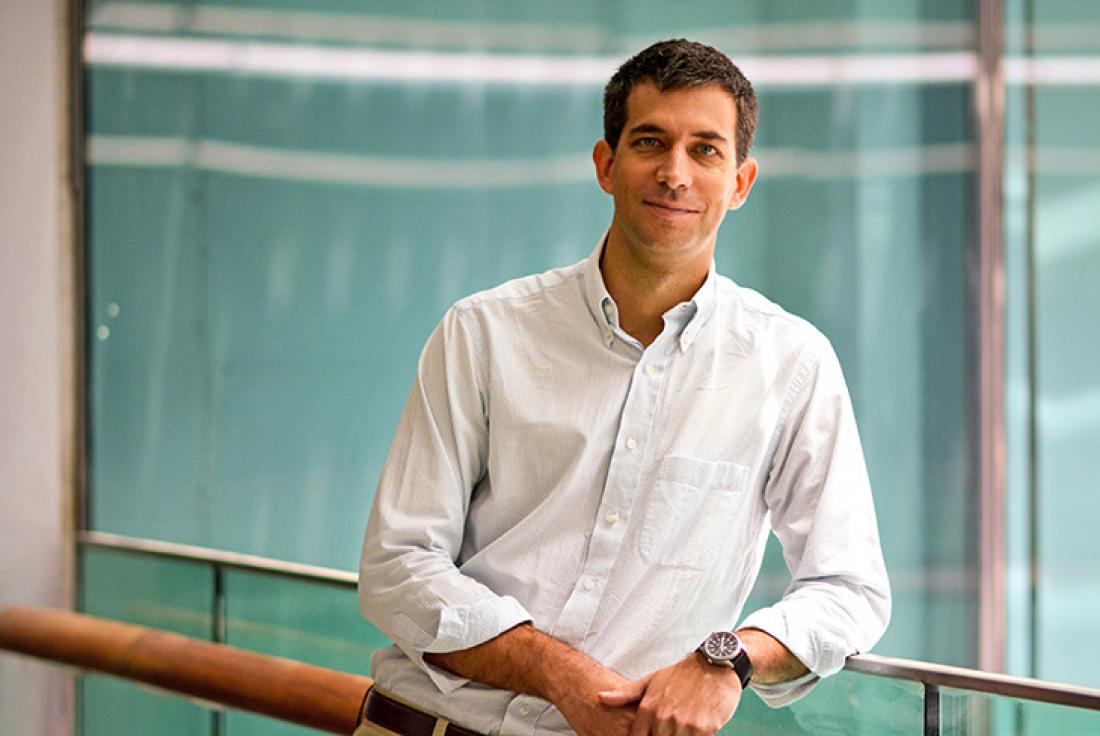SMU Office of Research – Charging your mobile phone at night is an act millions of people across the world do every day, almost unthinkingly. Yet this assumes a reliable power supply is available, something which many of us take for granted.
The reality in many developing countries is bleak. Disruptions to the electrical supply are a frequent occurrence, affecting both urban and rural areas. Load shedding, or the deliberate shutdown of electric power in parts of a power-distribution system when demand outstrips supply, causes disruptions to businesses, industries as well as personal lives.
For Assistant Professor Ijlal Naqvi at the Singapore Management University (SMU) School of Social Sciences, studying the electrical power sector in Pakistan provided a lens through which to examine the government’s level of service it provides to its citizens.
“I study questions of governance and development. Specifically, I am interested in how citizens can effectively secure service delivery from the State. So in a practical sense, this specific case of power supply speaks to the infrastructure and service delivery challenges in many developing countries,” he says.
Originally from Pakistan, Professor Naqvi remembers vividly the power outages during his childhood. “This was before everyone had computers and phones, so there was nothing to do. If you were at home, you would be stuck by candlelight. It was like being transported back to the dark ages,” he quips.
Indeed, in the 21st century, electricity equals modernity. Students need light to study at night, hospitals need to keep vaccines cold, and steel mills need to keep up production. All of these activities, Professor Naqvi notes, are tied to a country’s gross domestic product (GDP) and its citizens’ wellbeing. In Pakistan’s case, power outages account for the loss of approximately two to four percent of annual GDP growth.
Mapping the electricity distribution system
This clear need for reform in Pakistan’s electrical sector has motivated Professor Naqvi to team up with a Pakistan-based colleague, Dr Sohaib Khan of the Lahore University of Management Sciences, on an ambitious project to produce the first map of the country’s electricity distribution sector.
Their aim is for the map to be used as a management tool by Pakistan’s state-run electrical utility, and also to allow citizens to better understand how they are being served. “We map out where people live and how are they organised within the electrical sector’s organisation hierarchy. Once we have operating information of the sectors and the country, the information can be mapped out and visualised,” he explains.
Currently, only crude representations of data are available, and these are mostly in the form of tables and spreadsheets rather than visualisations. The pair is proposing more granular representations at the neighbourhood level that can be aggregated to entire towns and provinces. However, this project is not without its own set of challenges, as Professor Naqvi shares.
How local knowledge and crowdsourcing will help
Aside from obvious issues such as the misspelling of town and village names, Pakistani addresses can be rather vague. Unlike Singapore, which uses a six-digit postal code system, addresses in Pakistan are often referenced against nearby landmarks, such as shrines. This idiosyncratic reference system renders many user addresses meaningless to anyone outside the local context.
The gap in information is telling. “It shows the granularity with which the State operates and the degree that it is able to formulate policies for its people. In this case, the quality of addresses is a proxy for how blunt are the instruments the State uses,” he notes.
The pair has devised a possible solution to this longstanding problem. By aggregating addresses into small chunks – carried out remotely using Google Maps – they will send their first draft to the local utility office, which in turn will use its local knowledge to mark up the draft and send it back to them. The pair will also turn to crowdsourcing, by asking local residents in Pakistan to help them pinpoint neighbourhood locations more accurately.
“This is a win-win approach. We create a community of users, as well as make the map operationally useful to electrical utilities staff. We hope that there will be public appetite for this information, as our project can only be sustained if organisations and users find our data useful,” he continues.
They have received support from the electrical utility, as the project’s underlying aim of promoting good governance aligns with its own agenda. “Because we are university professors and not employees of the government, we do not fall under government control. They are not paying us, but we are doing something that contributes to a public good.” As academics, we get to further our research agendas in a policy relevant manner, says Professor Naqvi.
Community engagement in Singapore
The desire to do research which is relevant to policy has seen Professor Naqvi introduce a new Public Policy Task Force module at SMU this semester. As part of this class, students observed a Singapore-based voluntary welfare organisation (VWO) in operation.
Using a project-based learning approach, students conducted interviews and observational studies, and reported their findings to the VWO at the end of the semester with suggestions on how its community engagement strategies could be improved. Based on the findings from the project, he plans to write a paper on community engagement in Singapore.
Professor Naqvi finds the link between teaching and research both productive and energising. “It keeps research alive and makes teaching fresh. Most importantly, students see first-hand how their contributions can have a significant and tangible impact in their community. It makes everything more vital,” he beams.
By Dora Yip



